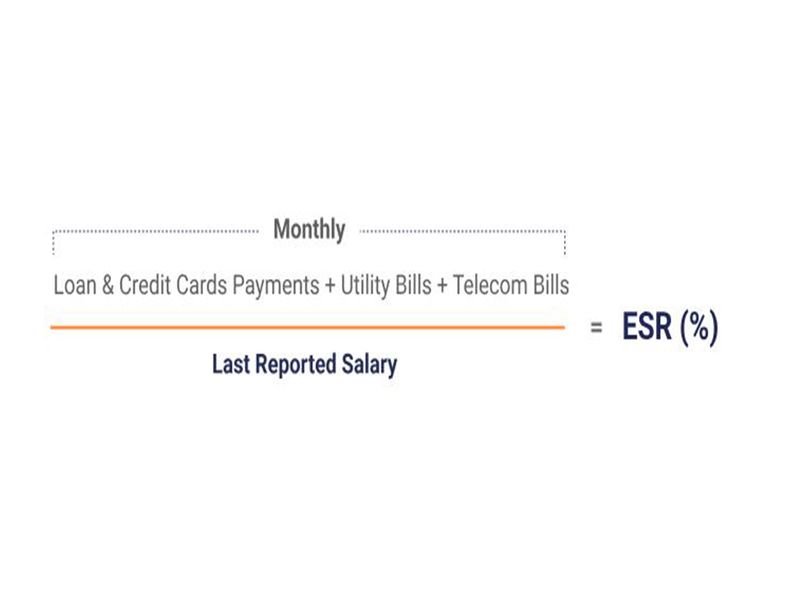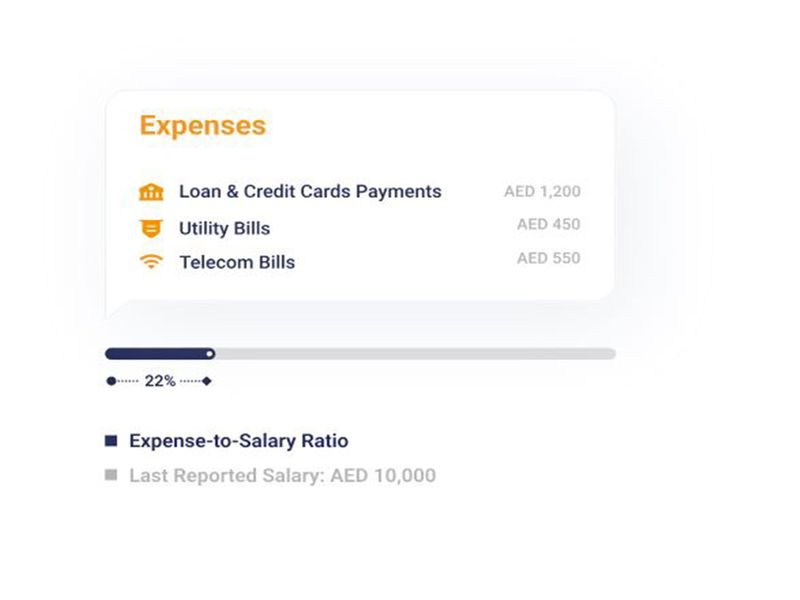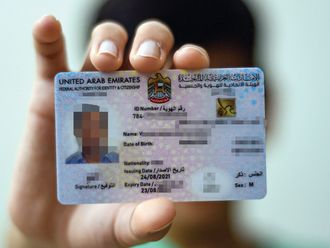
Dubai: If you are struggling to wrap your head around which expenses are impacting your salary, you may want to take a look at your ‘Expense-to-Salary Ratio’ (ESR).
Since April 2022, all credit reports issued by Al Etihad Credit Bureau (AECB), have an ESR. According to AECB, this provides an indicative figure for the individual’s payment obligations through a month against his or her salary.
So, here is how you can determine if you are financially healthy through your ESR.
Three ways finding out your ESR can help you
The ESR is a tool that will provide you with a more visible and comprehensive breakdown of your expenses in relation to your salary.
1. Find out what is taking up your salary
It allows you to analyse the portion of direct expenses impacting your salary. The expenses include your financial liabilities like loan payments, credit card payments and also your utility and telecommunication bills.
2. Planning to apply for a loan? Your bank may take a look at your ESR
The ESR is an additional parameter banks use to judge or measure your creditworthiness based on your spending behaviour, and your non-banking monthly payment obligations.
According to AECB, some components like payment history and credit history are common in the calculation of the ESR and the credit score, which is why the factors affecting your ESR can also impact your credit score, and your eligibility to apply for loans.
3. It may help you curb an excessive spending habit
The ESR will not only help banks figure out if you are a worthy candidate for a new loan but will also give you a clear idea of your spending habits. If your spending habits reflect a less than ideal ESR, it will lead you to become more financially responsible.
How is the ESR calculated?
It is important to note that the ESR essentially calculates the following expenses:
1. Loan payments
2. Credit card payments
3. Utility bills
4. Telecom bills
If you have a tendency to make most of your payments in cash or by using your debit card, the ESR will not factor in those expenses.
The ESR calculation
The individual's salary is provided by banks as part of regular data submissions to AECB. Here is how AECB calculates your ESR:
The ratio divides your monthly payment for installment loans, five per cent of the credit limit for credit cards and non-installment facilities, total monthly amount due for telecommunications services and utility services by your last reported salary.

How do I get the expense-to-salary ratio?
You can either get your ESR through AECB’s ‘CreditReport’ app, which is available for Apple and Android devices or the official website – aecb.gov.ae.
1. Download the app from the Apple App Store or Google Play Store.
2. You can then either sign in with your UAE Pass, which will not require you to manually enter any details at the later stage or opt to register as a new user by scanning the front and back of your Emirates ID.
3. Next, you can then choose either of the following options:
a. Get a credit score – this will only show you the three-digit number indicating your credit rating.
b. Get a credit report – this will show you your credit score, along with a record of your payment and credit history for the last five years.
You will receive your ESR regardless of which option you choose.
Cost:
• Credit score – Dh10 plus five per cent Value Added Tax.
• Credit report – Dh84 plus five per cent Value Added Tax.
How the breakdown helps

According to AECB, the value is indicated as a percentage ranging from 0 - 100+ per cent, and indicates the individual’s financial obligations as a ratio to their salary. A lower percentage would indicate that your expenses are well under control. However, if your expenses increase, the ESR percentage will also increase. An ESR of more than 100 per cent would indicate that you are spending more than you are earning. This can be a helpful indicator in gauging your expenses and making the necessary changes to ensure your financial health.








